“On August 11, 2018, my one pound, 24 week, surviving twin, Lily, was born. She was tiny, frail, and very, very sick. I don’t remember much about her first weeks, but I remember being terrified. I was terrified to watch her struggle, to think she may not survive, and to face the long road we had to travel to get her home — if she’d ever come home. I remember counting the 109 days from her birth date to her due date and listening as the providers estimated November 28th, her due date, as the target discharge date. I imagined my happy, pudgy baby snuggled in her carrier as we skipped out of the NICU doors on that chilly November day. Our reality was very, very different.
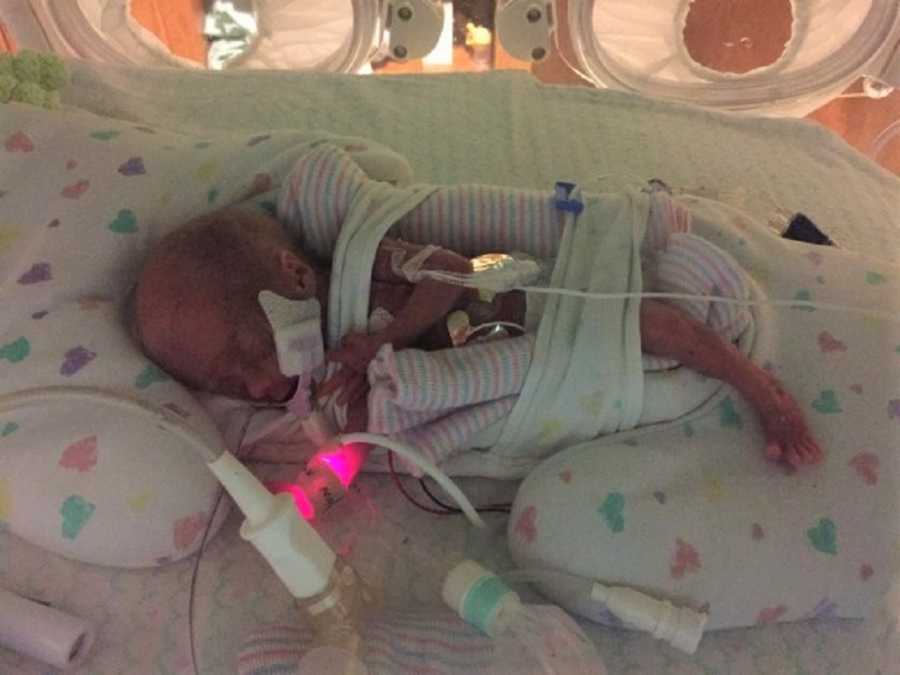
Lily had a laundry list of complications while in the NICU. Her intestines perforated requiring two surgeries, her lungs were extremely damaged from mechanical ventilation, and she was sedated for weeks on end. As time marched on, it became evident that a November discharge was going to pass us by. Halloween became Thanksgiving, Thanksgiving became Christmas, and around the holidays, we were faced with a very difficult decision; one that would alter the course of our lives for a very long time. Lily’s lungs were still significantly weaker than we had hoped. She could not remain extubated for more than a few days at a time, so we began consulting with a pediatric pulmonologist.
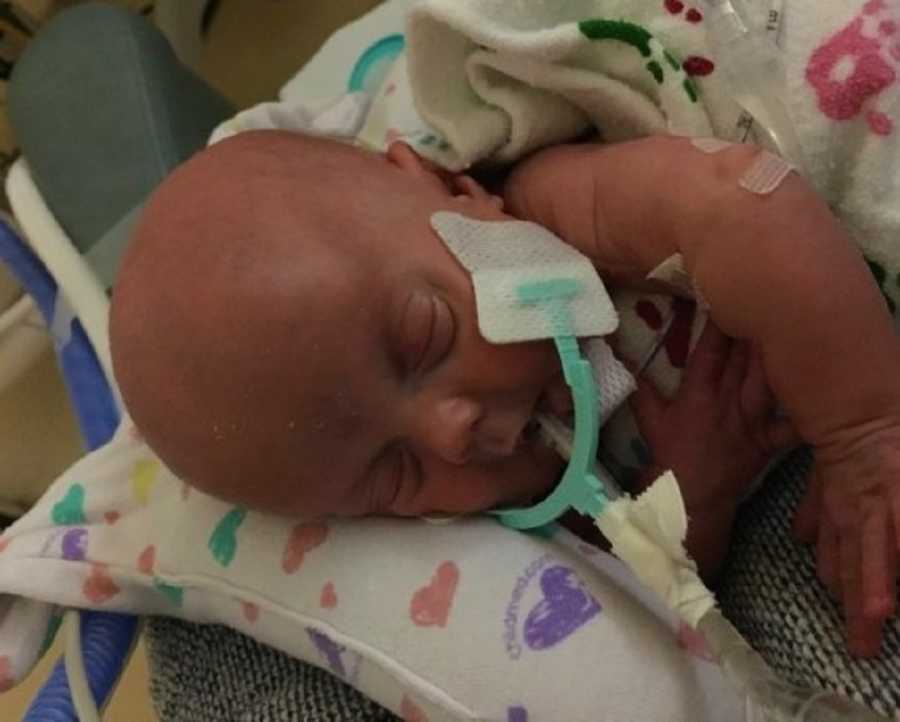
Early on, I was warned most micropreemies are discharged home with oxygen supplementation that typically lasts for a few months. I prepared myself for a little nasal cannula and searched for cute carrying cases for her oxygen tanks. Now, months after that conversation, our situation far surpassed simple oxygen therapy. We had a very complicated decision to make — we could keep Lily sedated and intubated until her lungs grew and she could breathe with less support. She would remain in the hospital for months, or possibly years, and miss all of the developmental milestones that would occur during this period. Or, we could choose a tracheostomy — a tiny hole in her throat with a semi-permanent tube that helps her breathe with ventilator support.
A tracheostomy requires months of significant training, emergency preparedness, in-home nursing support, and an inability to travel without the aid of a second adult. These choices were daunting and extremely unfair. What happened to my ‘totally fine’ preemie who would leave with some oxygen? I wanted to start my life with my surviving child, but I quickly realized this would not end for us. This medical hell would follow us home for years to come.
By the time Lily failed her seventh and final extubation, the writing was on the wall. Together, my husband and I chose the tracheostomy. This decision, while it was so difficult for us, was going to give her the best shot at that ‘normal’ post-NICU life that I so longed for. We would be able to bring her home, introduce her to her dog, and develop a routine. If I was going to do this, I’d become the best damn trach parent that ever lived. We began research on every topic possible — how to turn our home into a mini-ICU, medical strollers vs. traditional strollers, ventilator setups, medication administration schedules, and so much more. This world was brand new to us and we wanted to be as prepared as possible to bring Lily into her new environment.
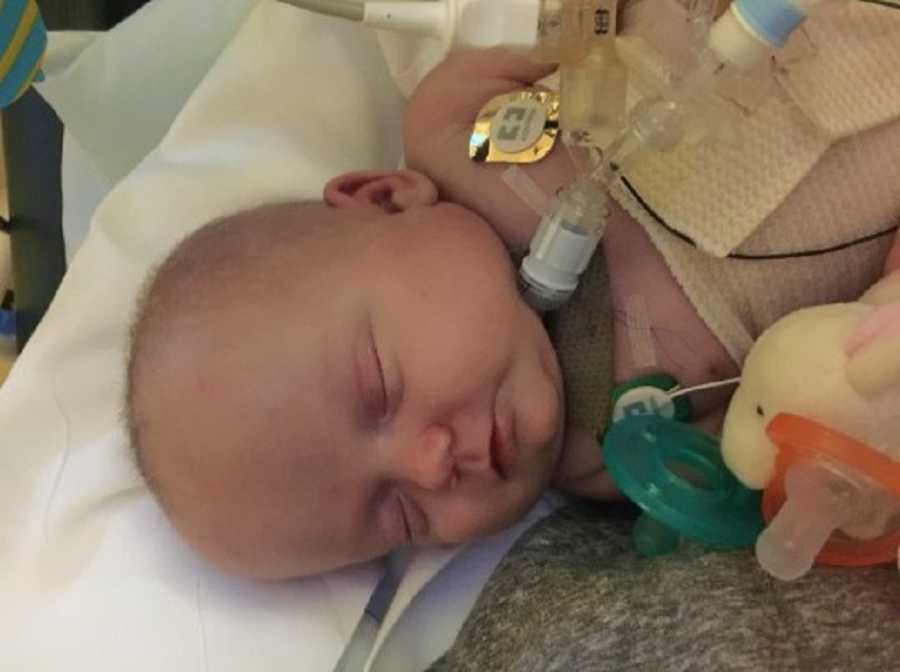
As we shared the news of our impending discharge with family and friends, we were faced with many questions about our future. We also received many comments from others, assuming that our difficulties were behind us. Things like, ‘you must be so relieved to be done with the hospital’, ‘it will be so nice to finally feel normal’, and ‘I bet you can’t wait to take her to Target’. The reality is, while our NICU chapter is indeed over, this is far from normal. I can’t take Lily to the store, or anywhere, alone.
Her equipment is extensive, her immune system is very weak, and she has two open holes (she also has a g-tube) that are extremely susceptible to infection. We have therapists, nurses, and family in and out seven days a week to help us. My husband and I haven’t been alone in four months, as one of us needs to be awake around the clock to care for Lily. There is no longer privacy in our home as our ‘special guests’ come in and out all day and night. Her vitals are monitored continuously, we have to open and occlude her trach to suction her, and we’re back and forth to the hospital for appointments almost weekly. Nothing about this is as I had hoped, nor is it in line with other peoples’ expectations of a NICU stay.
As I sit here tonight, pausing my writing to fill Lily’s humidifier with sterile water, hook up a g-tube feeding, and tend to ventilator alarms, I’m thankful to have my baby home. She has made incredible developmental growth since coming home four months ago, and I attribute her gains to her environment. She is safe, loved, and cared for, albeit in a six-foot square of our living room. While this is not the life that I imagined for us, it will continue to change as she continues to grow physically and developmentally. I hope that one day she won’t need the trach and will be left with nothing but a few scars. I look back on our NICU time with many different emotions, both positive and negative, but above all, I am filled with gratitude for the ability to walk out that door with my child (and her vent) in hand.”
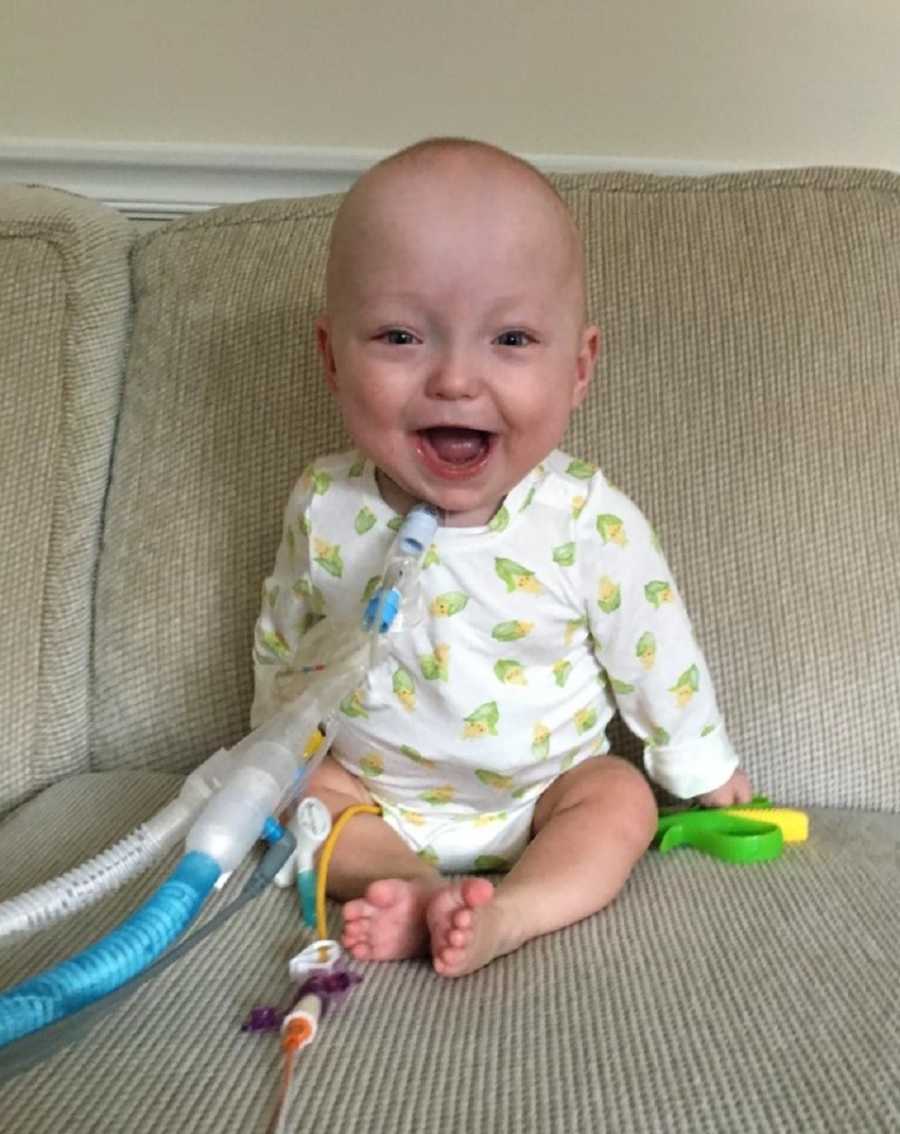
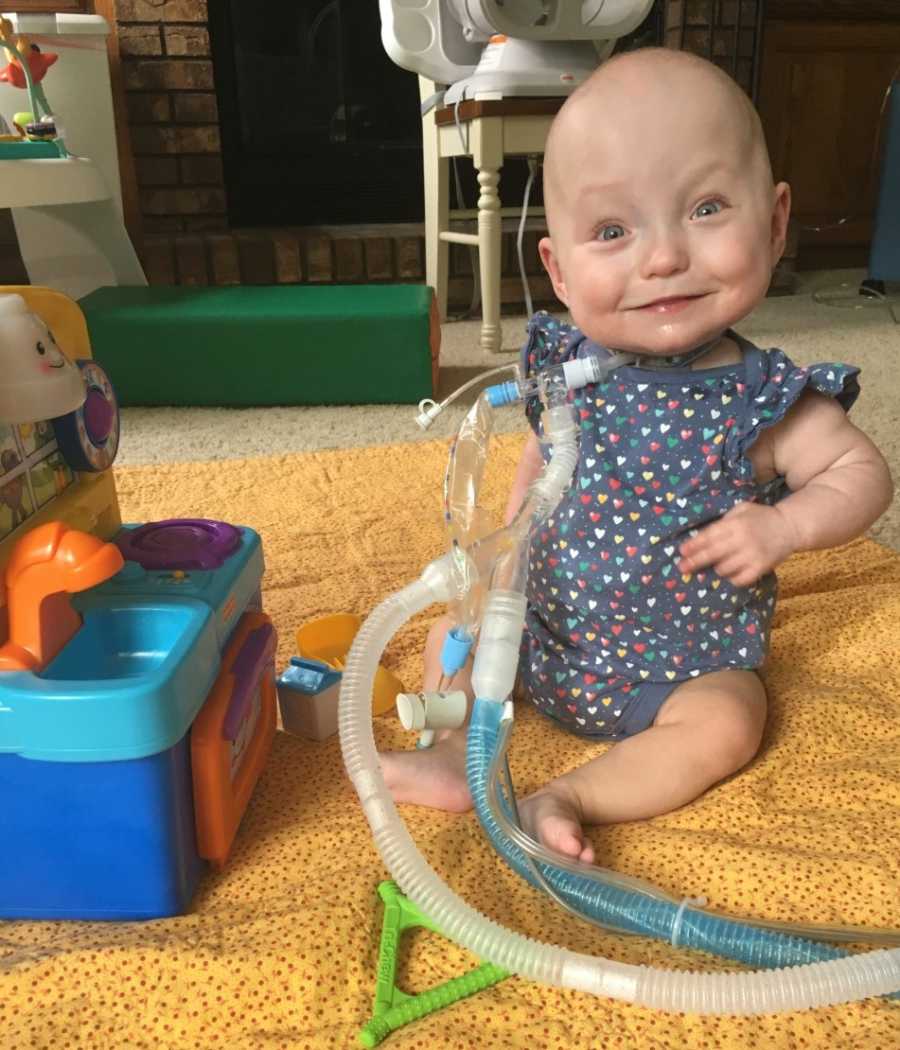
This story was submitted to Love What Matters by Jessica Wolff of Illinois. You can follow Lily’s journey on Instagram. Do you have a similar experience? We’d like to hear your important journey. Submit your own story here. Be sure to subscribe to our free email newsletter for our best stories, and YouTube for our best videos.
Read Jessica’s powerful story of her surviving daughter:
Do you know someone who could benefit from this story? SHARE this story on Facebook with your friends and family.



